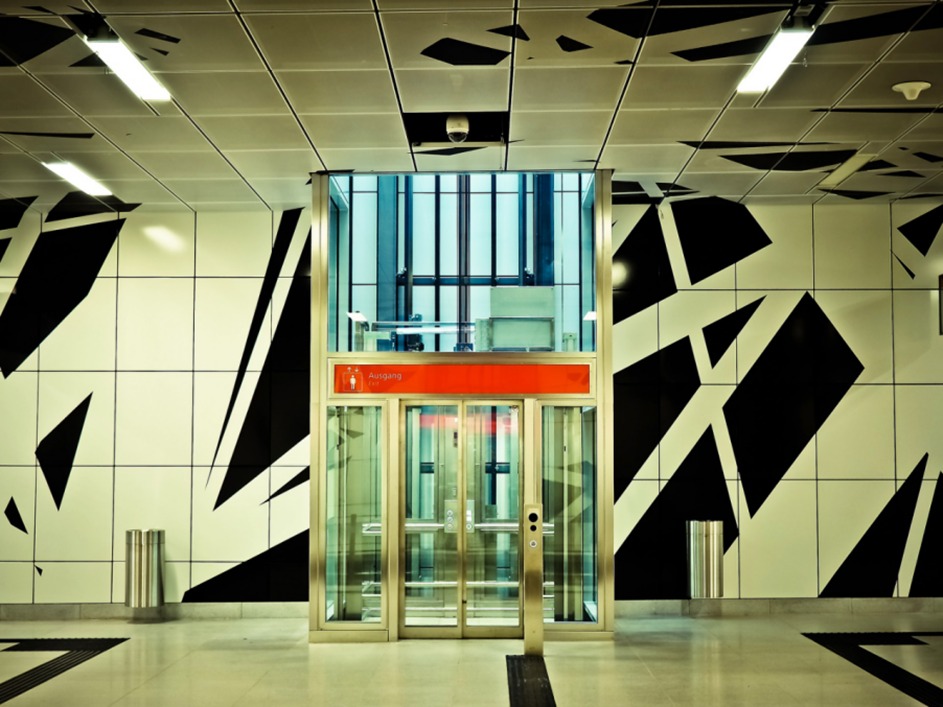
The Rise of Machine Room-Less Elevators: Market Trends and Projections
The world of elevators has undergone a remarkable transformation in recent years, driven by technological advancements and the quest for efficiency and space optimization. One notable innovation that has gained significant traction is the Machine Room-Less elevator. The aim of this blog is to delve into the innovative technology of MRL elevators, explore the market trends that have propelled their rise, and project their prospects.
What are Machine Room-Less Elevators?
The old-style elevator systems are typically installed inside a specially designed machine room to house the equipment and machinery required to control the elevator. MRL elevator installation, as the name suggests, eliminates the requirement for additional space and room. Instead, the elevator’s machinery is compactly integrated within the shaft or hoistway, making these elevators more space-efficient and versatile in terms of installation.
Market Trends Driving the Rise
Space Optimization:
MRL elevators excel in space optimization due to their compact design and integration of machinery within the hoistway. Traditional elevators require a separate machine room, which occupies valuable floor space. In contrast, MRL elevators utilize the vertical shaft more efficiently, eliminating the need for a dedicated room. This freed-up space can be repurposed for other uses, such as additional office space, storage, or amenities. As urban environments become more crowded and real estate prices escalate, the ability to maximize available square footage is a significant advantage that MRL elevators offer.
Energy Efficiency:
MRL elevators leverage advanced technology to achieve superior energy efficiency. Some of the energy-saving features include:
Regenerative Drives: MRL elevators often employ regenerative drives, which capture and convert excess energy generated during descent or braking into electricity that can be used elsewhere in the building or returned to the power grid.
LED Lighting: Energy-efficient LED lighting is commonly used in MRL elevators to reduce power consumption while providing adequate illumination for passengers.
Standby Modes:
MRL elevators can be programmed to enter low-power standby modes during periods of low usage, further reducing energy consumption.
Variable Frequency Drives: These drives adjust the speed and power consumption of the elevator motor based on demand, optimizing energy use and reducing wear and tear on components.
Aesthetic Appeal: The aesthetic appeal of MRL elevators is a major selling point for modern buildings. Features contributing to their attractiveness include:
- Sleek Design:MRL elevators often have a minimalist design with clean lines and a streamlined appearance, creating a contemporary and stylish look that complements modern architecture.
- Machine Room Elimination:The absence of a visible machine room on top of the building creates a more visually pleasing and cohesive exterior profile.
- Customization:MRL elevators offer a range of customization options, including cabin finishes, lighting effects, and touchscreen displays, allowing architects and designers to tailor the elevator’s appearance to the building’s overall aesthetic.
- Installation Flexibility:MRL elevators provide greater installation flexibility compared to traditional elevators, making them suitable for various scenarios:
- Retrofitting:MRL elevators are easy to add to existing structures of the buildings without the need for major structural modifications, reducing disruption and costs.
- New Construction:For new construction projects, MRL elevators offer the advantage of requiring less space and providing more design freedom.
Regulatory and Safety Standards:
MRL elevators adhere to rigorous safety and regulatory standards to ensure passenger security:
Redundant Braking Systems: MRL elevators often incorporate redundant braking systems for enhanced safety in the event of a primary brake failure.
Emergency Evacuation: MRL elevators are equipped with emergency evacuation procedures, such as battery-operated lowering systems or manual release mechanisms, ensuring passengers can safely exit the elevator in case of power failure.
Remote Monitoring: Many MRL elevators feature real-time remote monitoring systems that allow technicians to diagnose and address issues promptly, minimizing downtime and ensuring safe operation.
Compliance: MRL elevators are designed to meet or exceed local and international safety codes and standards, providing peace of mind to building owners and users.
Machine Room-Less elevators have gained popularity due to their space-saving design, energy efficiency, modern aesthetics, installation flexibility, and adherence to stringent safety standards. As these elevators continue to evolve and adapt to changing technological and architectural trends, they are poised to play a pivotal role in the future of vertical transportation. The rise of machine-less elevators marks a significant milestone in the evolution of vertical transportation. Driven by space optimization, energy efficiency, aesthetics, and safety considerations, MRL elevators have swiftly gained popularity across various industries. As technology continues to advance and urban landscapes evolve, MRL elevators are poised to play a vital role in shaping the future of vertical mobility, offering efficient, sustainable, and user-centric solutions for the world’s ever-changing architectural and transportation needs.







